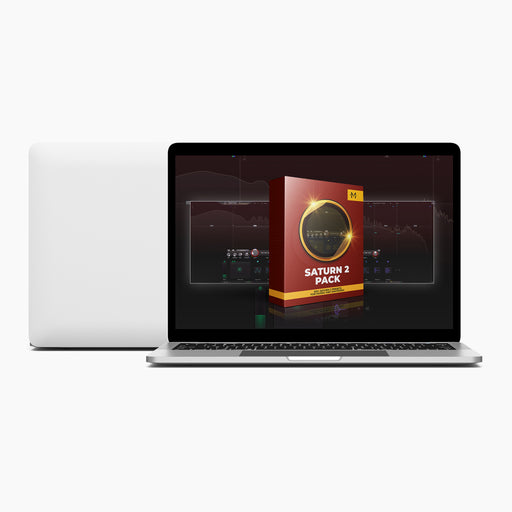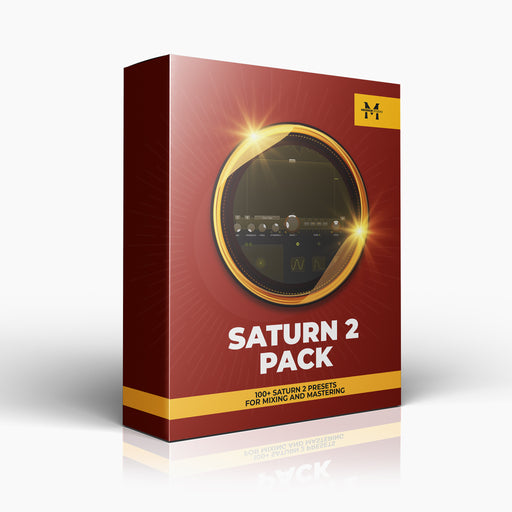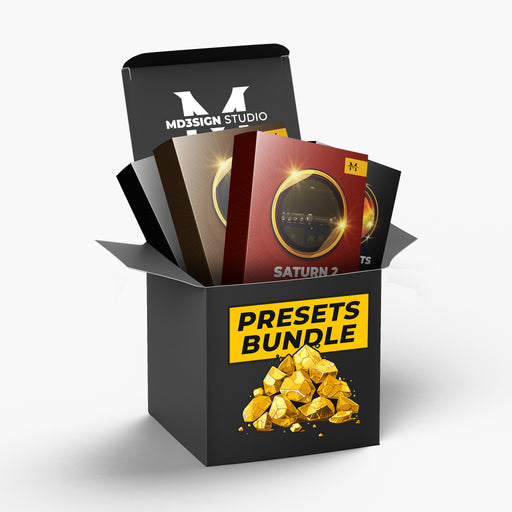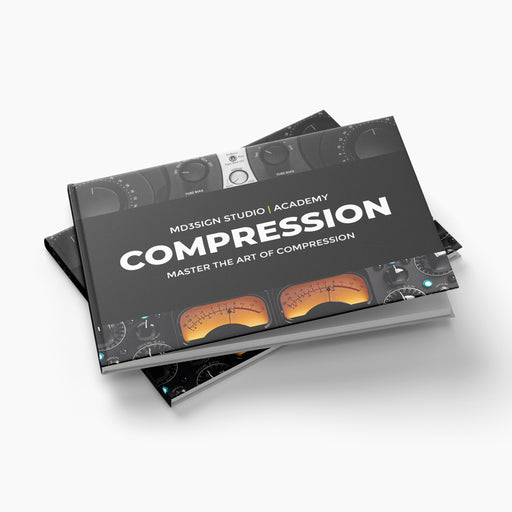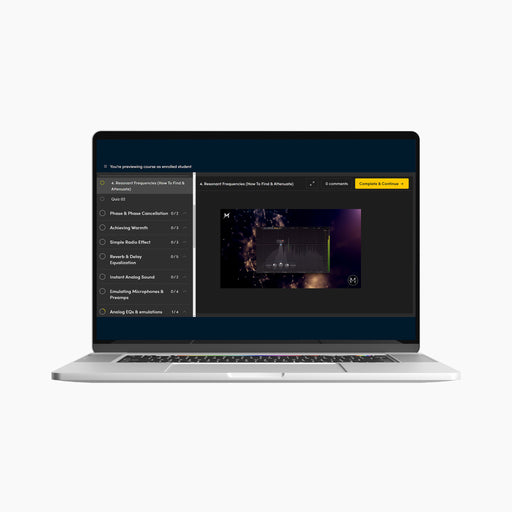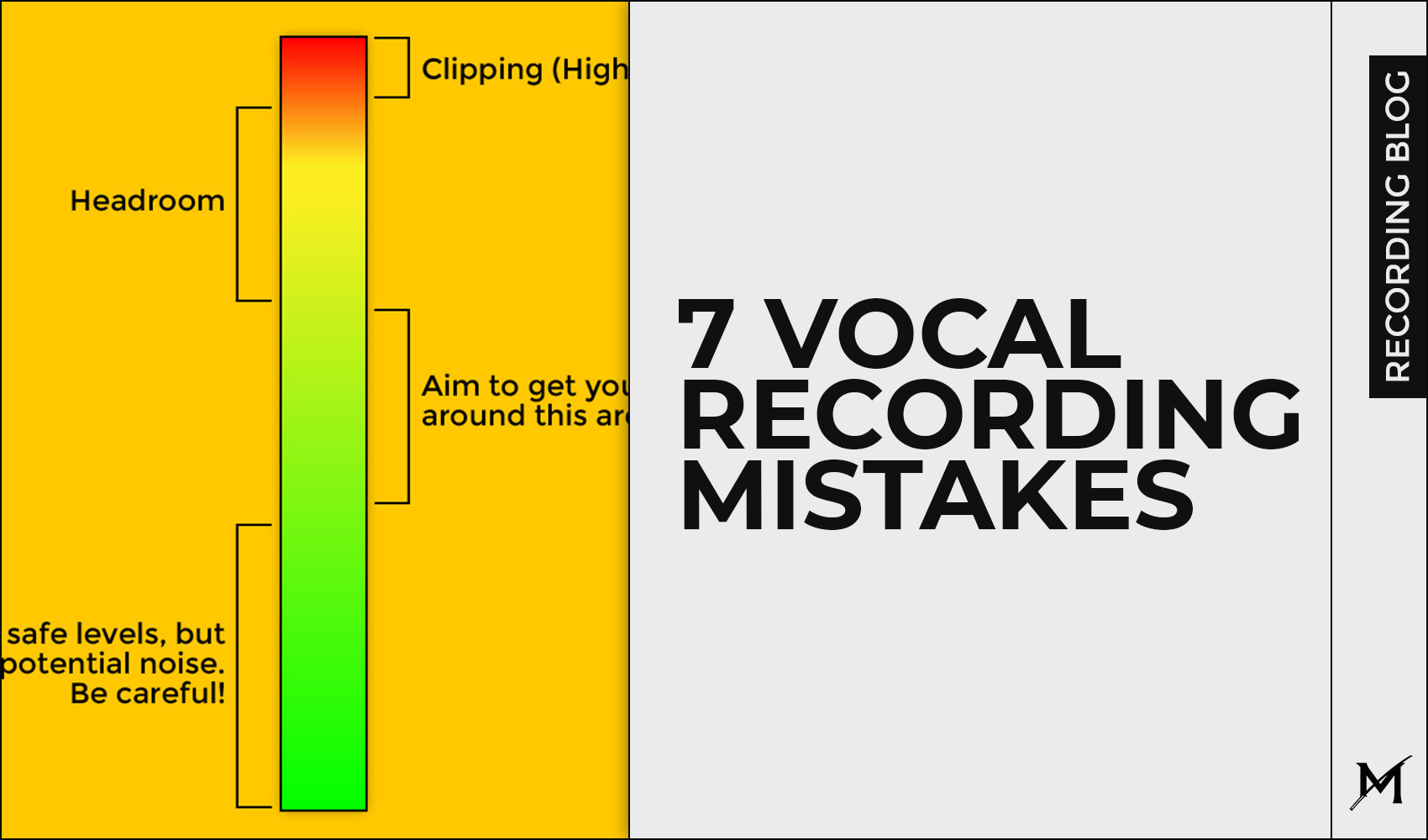
7 Common Vocal Recording Mistakes
Vocal recording can be a time consuming process and there can be a lot of mistakes happening within that process. With this blog post, our goal is to give you some guides on how to avoid making the same mistakes over and over.

Click here to enroll to our EQ Masterclass
Mistake 1: Wrong room choice (acoustics)
Too large or too small rooms for recording will affect your vocals in a negative way if those rooms aren't treated well. Those annoying reflection coming from walls, desk & floor can destroy your vocal recordings. It's very important for a recording room to be quiet and well treated with acoustic treatment.
Instead of working in a too big or too small rooms, find something optimal. For example, some medium sized rooms with necessary acoustic treatment (acoustic panels for example) can do the job perfectly. Vocal booths also come in handy, but that highly depends on their build quality.
Mistake 2: Wrong Microphone choice
There are various microphones for a reason. Some sound darker, some brighter.However, I understand that many of you own only one microphone and you want to maybe record different artists with it. There's a solution for that too! Good placement and correct processing will do the job!
You can even get extra using microphone emulation plugins such as Acustica Audio LAVA or Slate Digital Virtual Microphone System. Basically, you can transform your microphone into famous microphones using their frequency response curve + emulated harmonics. Your microphone won't sound exactly the same, but it will definitely get close to them.
Mistake 3: Too high levels

Here's an illustration from our official Instagram Page @itsmd3sign
Mistake 4: Recording only one take
Mistake 5: No automations
Mistake 6: Too thin recordings
Mistake 7: No necessary equipment
Conclusion:
There are many other mistakes in recordings, but we'll cover more of them in another blog post. Our goal is not to say you're doing something bad, but to actually help you to address the problem and how to fix it.If you want to add a recommendation for the future blog post and get featured on, feel free to reach to our DM on Instagram or use our e-mail address: marko@md3sign.com
Learn more from our best-sellers!
-
Pro C2 Presets Pack
Original price $34.99Original price $34.99 - Original price $34.99Original price $34.99Current price $17.50$17.50 - $17.50Current price $17.50Presenting long-awaited "Pro C2 Presets Pack" - The Exceptional FabFilter Pro C2 presets to completely change the way you approach dynamics treatme...
View full detailsOriginal price $34.99Original price $34.99 - Original price $34.99Original price $34.99Current price $17.50$17.50 - $17.50Current price $17.50Save 50% -
Saturn 2 Presets Pack
Original price $34.99Original price $34.99 - Original price $34.99Original price $34.99Current price $17.50$17.50 - $17.50Current price $17.50Presenting "Saturn 2 Presets Pack" - The Mind-Blowing FabFilter Saturn 2 presets to completely change the way you approach saturation on your mixes...
View full detailsOriginal price $34.99Original price $34.99 - Original price $34.99Original price $34.99Current price $17.50$17.50 - $17.50Current price $17.50Save 50% -
Presets Bundle
Original price $140.00Original price $140.00 - Original price $140.00Original price $140.00Current price $64.99$64.99 - $64.99Current price $64.99This Bundle Deal includes: Pro C2 Preset PackSaturn 2 Preset PackPro MB Preset PackEQ Preset Pack
Original price $140.00Original price $140.00 - Original price $140.00Original price $140.00Current price $64.99$64.99 - $64.99Current price $64.99Save 54% -
EQ + Compression Bundle
Original price $199.99Original price $199.99 - Original price $199.99Original price $199.99Current price $125.00$125.00 - $125.00Current price $125.00This Bundle Deal includes: The Art Of Compression:260+ pages of detailed explanationsBeginner to ProGraphic illustrationsSecret techniques used by ...
View full detailsOriginal price $199.99Original price $199.99 - Original price $199.99Original price $199.99Current price $125.00$125.00 - $125.00Current price $125.00Save 37% -
EQ Masterclass
Original price $100.00 - Original price $100.00Original price$100.00$100.00 - $100.00Current price $100.00Beginner to Pro lessons Everything you don't understand about Equalization is explained through 5h+ long Masterclass split in 28 well edited video...
View full detailsOriginal price $100.00 - Original price $100.00Original price$100.00$100.00 - $100.00Current price $100.00




